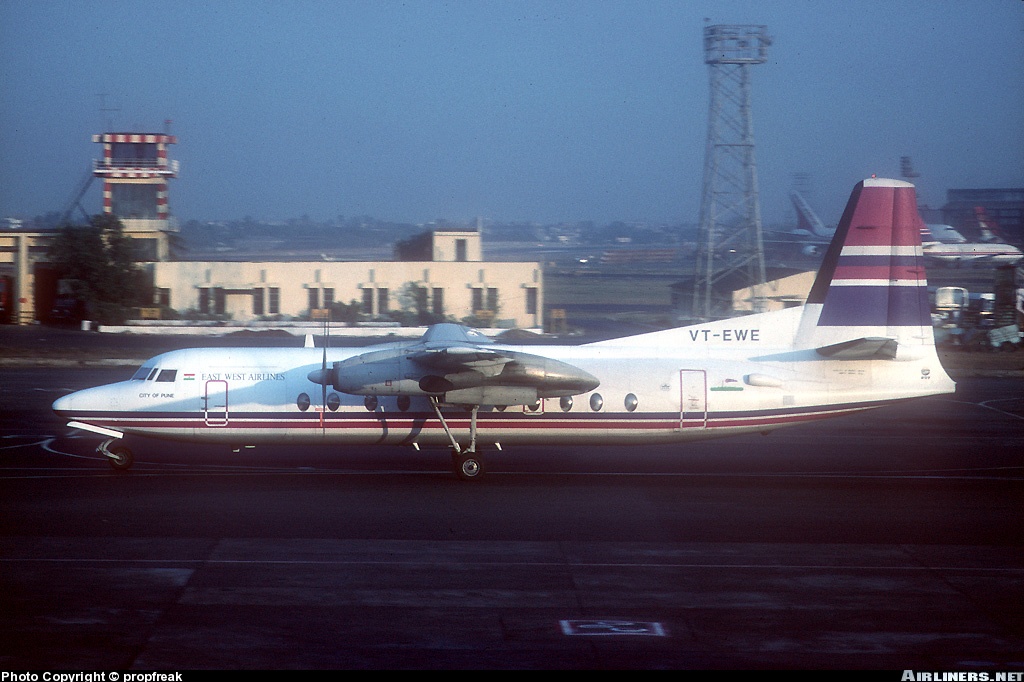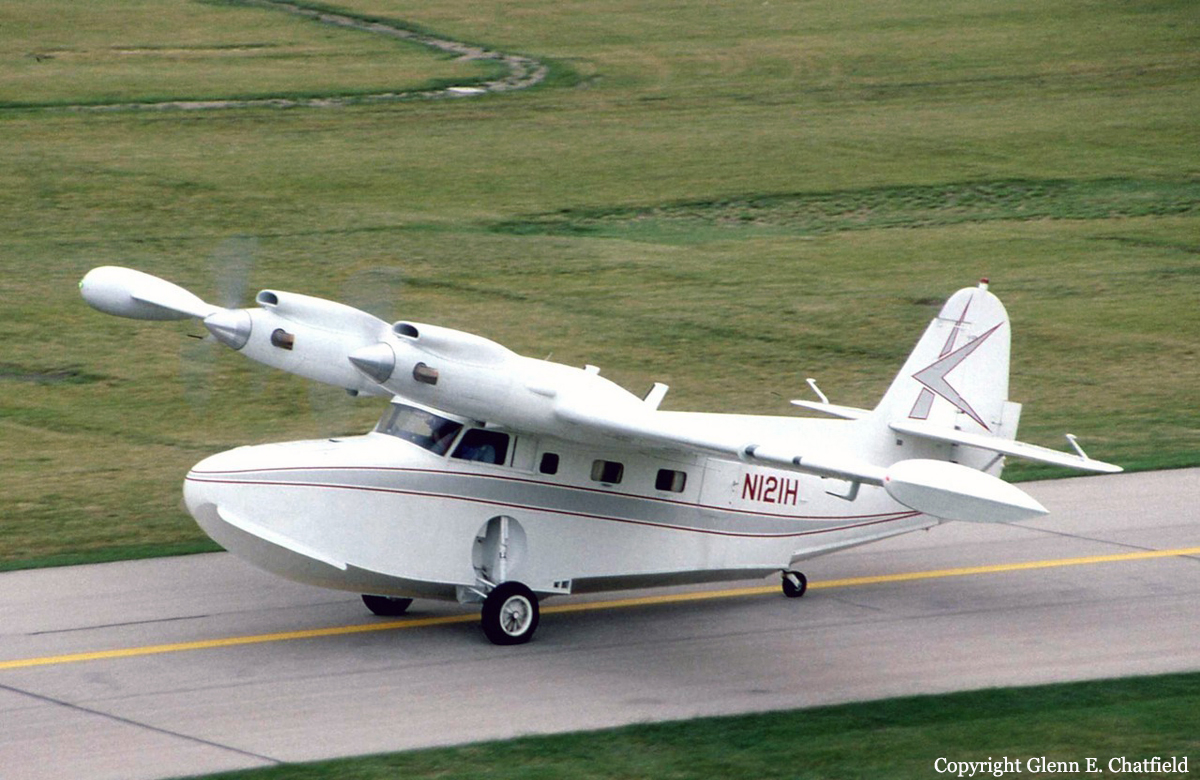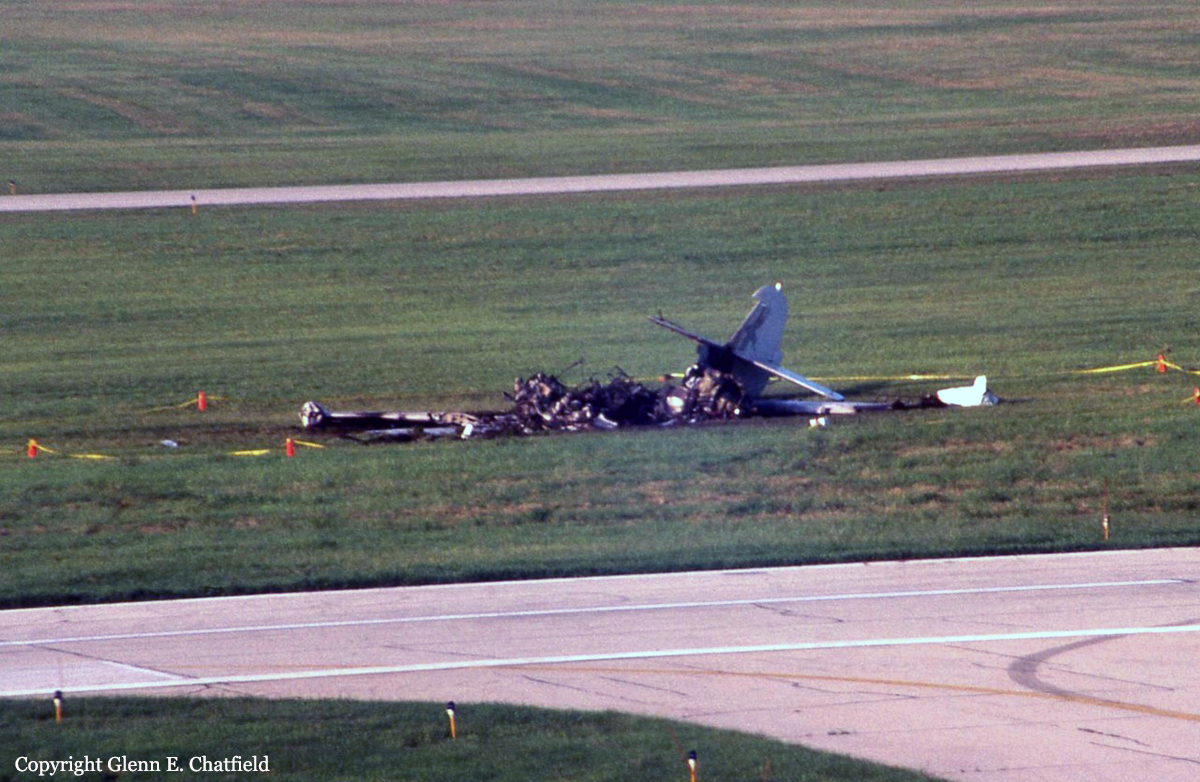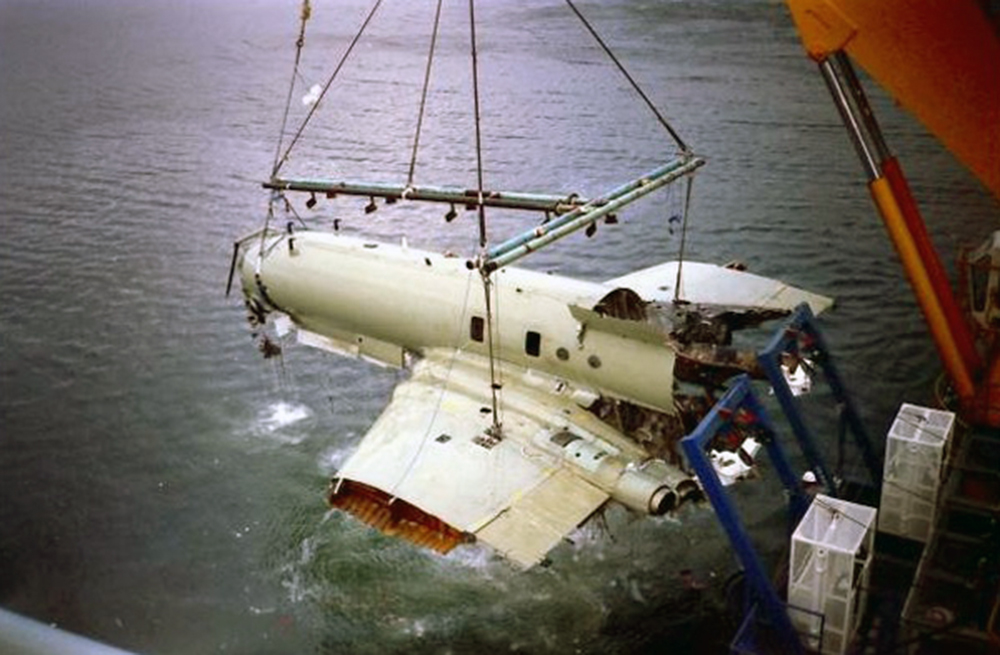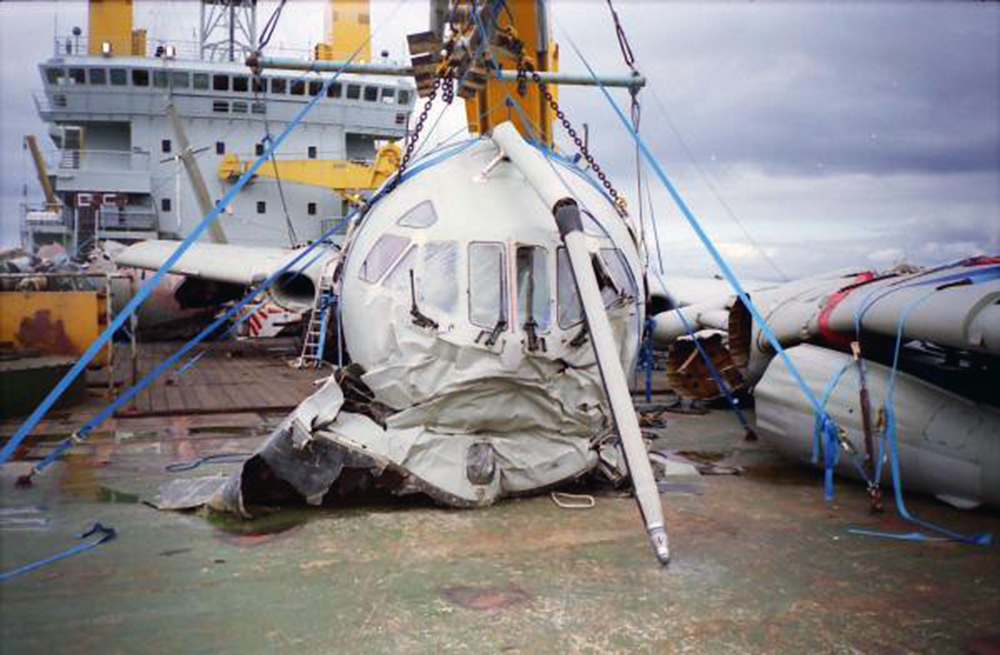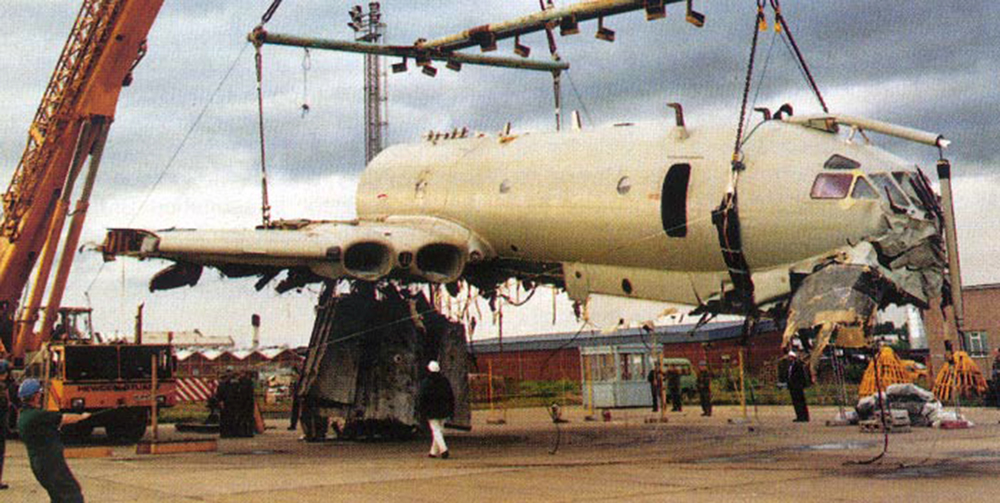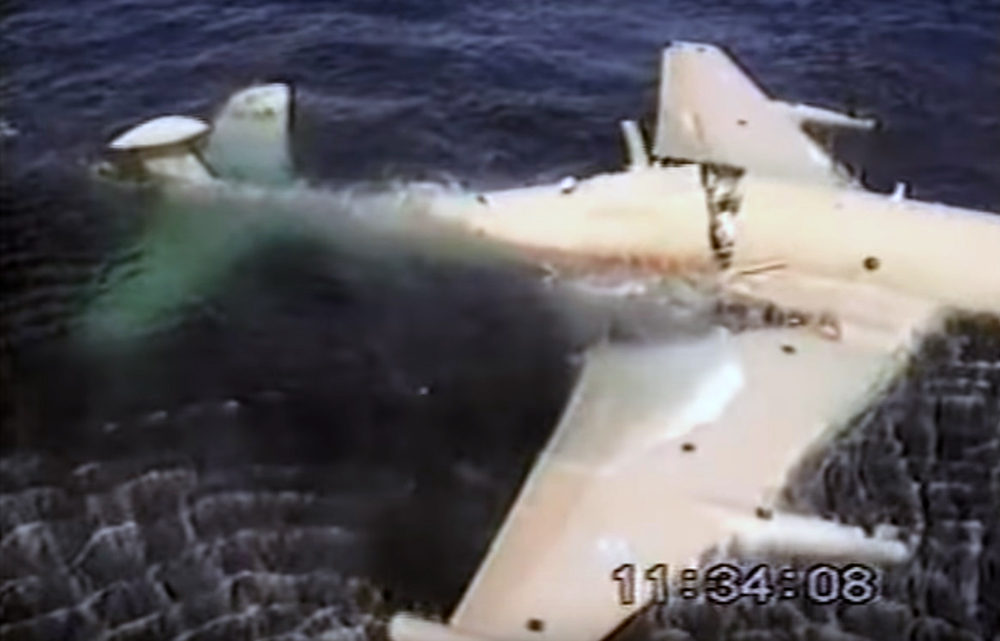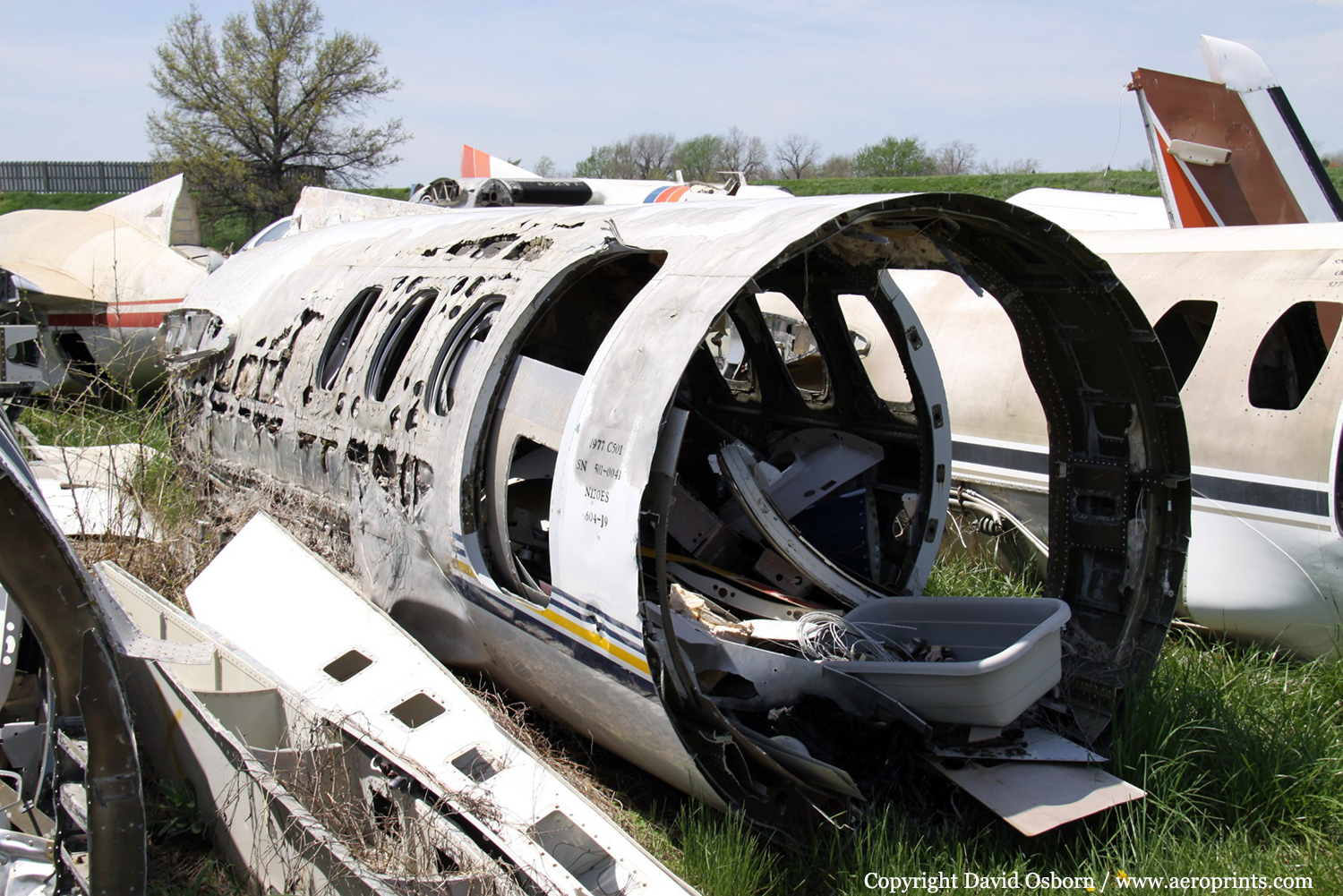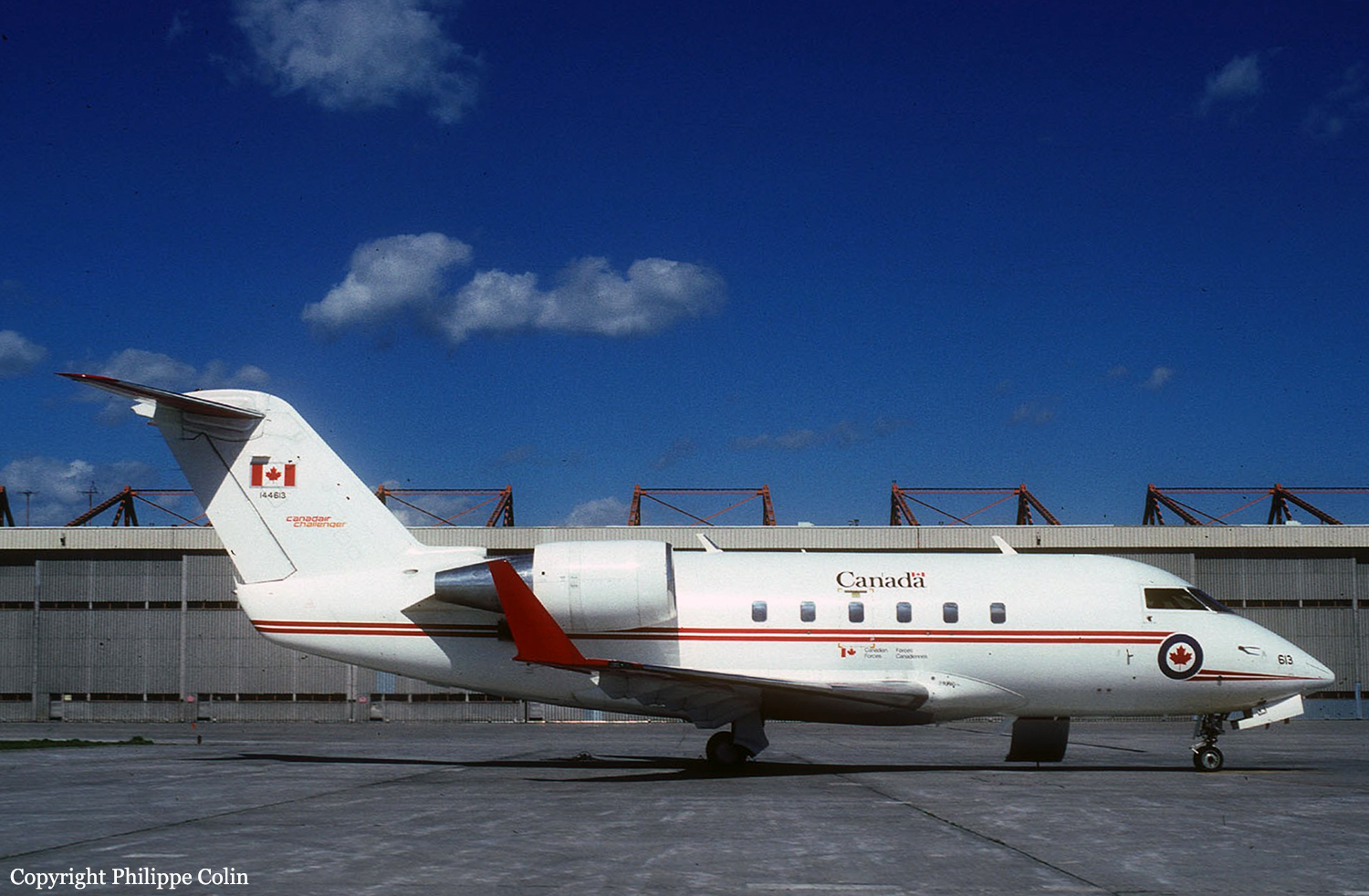Crash of a Fokker F27 Friendship 500RF in Baroda
Date & Time:
Jul 1, 1995 at 0840 LT
Registration:
VT-EWE
Survivors:
Yes
Schedule:
Baroda - Baroda
MSN:
10605
YOM:
1980
Crew on board:
3
Crew fatalities:
Pax on board:
0
Pax fatalities:
Other fatalities:
Total fatalities:
0
Circumstances:
The aircraft was engaged in a training flight at Baroda airport. It was under the command of an examiner pilot with the trainee pilot on right hand seat. The first touch and go exercise was uneventful. During the second exercise, immediately on touchdown the left main landing gear failed at its shock strut outer cylinder and the inner cylinder with the main wheel assembly attached to it got liberated. The aircraft continued moving forward with the remaining portion of left shock strut contacting the runway followed by the left engine propellers and fuselage bottom and finally came to rest on the runway left side strip. There was no fire and no injury to persons on board the aircraft.
Probable cause:
The accident occurred during aircraft touchdown due to liberation of the sliding piston along with the wheels of the left main landing gear as a result of failure of the locking arrangement on the piston top end. Non-compliance by the operator of the Service Bulletin issued by the Manufacturer and Mandatory Modifications issued by the DGCA regarding piston-adapter and dowel pin lock fitment, is the Contributory Factor in the accident.
Final Report:
